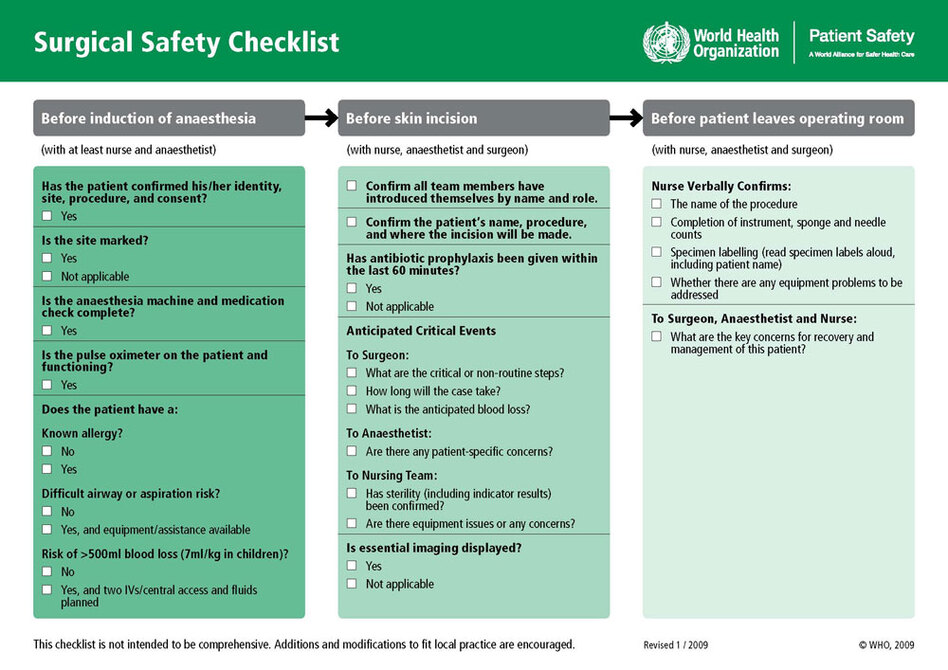Intensive care units (ICUs) in both large and small hospitals stopped central line-associated bloodstream infections for up to 2 years after using a targeted quality improvement initiative. The initiative, known as the Comprehensive Unit-based Safety Program, or CUSP, was implemented through the Keystone Intensive Care Unit Project in Michigan hospitals.
The study, "How Long Can Intensive Care Units Maintain Zero Central Line-Associated Bloodstream Infections?" published in today's issue of the Archives of Internal Medicine found that hospital ICUs eliminated central line-associated bloodstream infections (CLABSIs) for an extended period of time—up to 2 years or more. The researchers found that 60 percent of the 80 ICUs evaluated went 1 year or more without an infection, and 26 percent achieved 2 years or more. Smaller hospitals sustained zero infections longer than larger hospitals, the researchers found.
A CLABSI is a serious healthcare-associated infection (HAI) that is introduced into the bloodstream through a central line. According to the Centers for Disease Control and Prevention (CDC), at any one point in time one in every 20 hospital patients in the United States has an HAI.
The Keystone Project used a comprehensive approach that included promoting a culture of patient safety; improving communication among ICU staff teams; and using a checklist to promote implementation of practices based on guidelines from the CDC. For more information on CUSP, go to http://www.ahrq.gov/qual/cusp.htm.
Showing posts with label Checklists. Show all posts
Showing posts with label Checklists. Show all posts
Tuesday, May 10, 2011
Monday, January 10, 2011
Atul Gawande on The Colbert Report
Surgery, checklists and Van Halen are among the interview topics. For more information, see HTN's article on Checklists.
| The Colbert Report | Mon - Thurs 11:30pm / 10:30c | |||
| Atul Gawande | ||||
| www.colbertnation.com | ||||
| ||||
Labels:
Atul Gawande,
Checklists
Tuesday, January 19, 2010
Checklists
 Checklists, the simplest of organizing tools, are making a big difference in healthcare.
Checklists, the simplest of organizing tools, are making a big difference in healthcare. Atul Gawande's January 7th testimony before the President's Council of Advisors on Science and Technology highlighted many of the key findings and offered a classic exchange with the CEO of Google during Q&A.
Atul Gawande's January 7th testimony before the President's Council of Advisors on Science and Technology highlighted many of the key findings and offered a classic exchange with the CEO of Google during Q&A.Gawande, surgeon, professor and New Yorker columnist has focused on checklists for some time. His latest book, The Checklist Manifesto, reports that thousands of hospitals have used checklists to reduce death rates by about one third (excerpt here).
An article published in January 2009 by Gawande and colleagues evaluated surgical checklists internationally and found that "the rate of death was 1.5% before the checklist was introduced and declined to 0.8% afterward. Inpatient complications occurred in 11.0% of patients at baseline and in 7.0% after introduction of the checklist". Conclusions of the study were that "implementation of the checklist was associated with concomitant reductions in the rates of death and complications among patients at least 16 years of age who were undergoing noncardiac surgery in a diverse group of hospitals."
 Gawande's 2007 New Yorker article reported on the Keystone Initiative findings. "Within the first three months of the project, the infection rate in Michigan’s I.C.U.s decreased by sixty-six per cent. The typical I.C.U.—including the ones at Sinai-Grace Hospital—cut its quarterly infection rate to zero. Michigan’s infection rates fell so low that its average I.C.U. outperformed ninety per cent of I.C.U.s nationwide. In the Keystone Initiative’s first eighteen months, the hospitals saved an estimated hundred and seventy-five million dollars in costs and more than fifteen hundred lives. The successes have been sustained for almost four years—all because of a stupid little checklist."
Gawande's 2007 New Yorker article reported on the Keystone Initiative findings. "Within the first three months of the project, the infection rate in Michigan’s I.C.U.s decreased by sixty-six per cent. The typical I.C.U.—including the ones at Sinai-Grace Hospital—cut its quarterly infection rate to zero. Michigan’s infection rates fell so low that its average I.C.U. outperformed ninety per cent of I.C.U.s nationwide. In the Keystone Initiative’s first eighteen months, the hospitals saved an estimated hundred and seventy-five million dollars in costs and more than fifteen hundred lives. The successes have been sustained for almost four years—all because of a stupid little checklist."Checklists from gawande.com
WHO Safe Surgery Checklist
WHO H1N1 Checklist
Johns Hopkins Central Line Checklist
Society of Thoracic Surgeons – Adult Cardiac Surgery
Society of Thoracic Surgeons – General Thoracic Surgery
Society of Thoracic Surgeons – Congenital Heart Surgery
Labels:
Atul Gawande,
Checklists,
The Checklist Manifesto
Subscribe to:
Posts (Atom)







